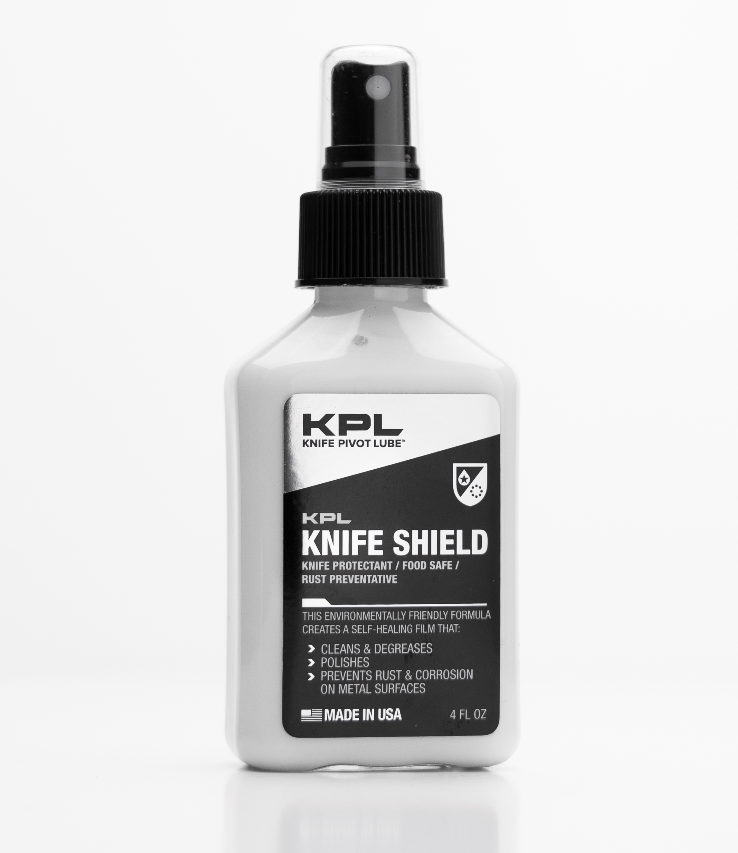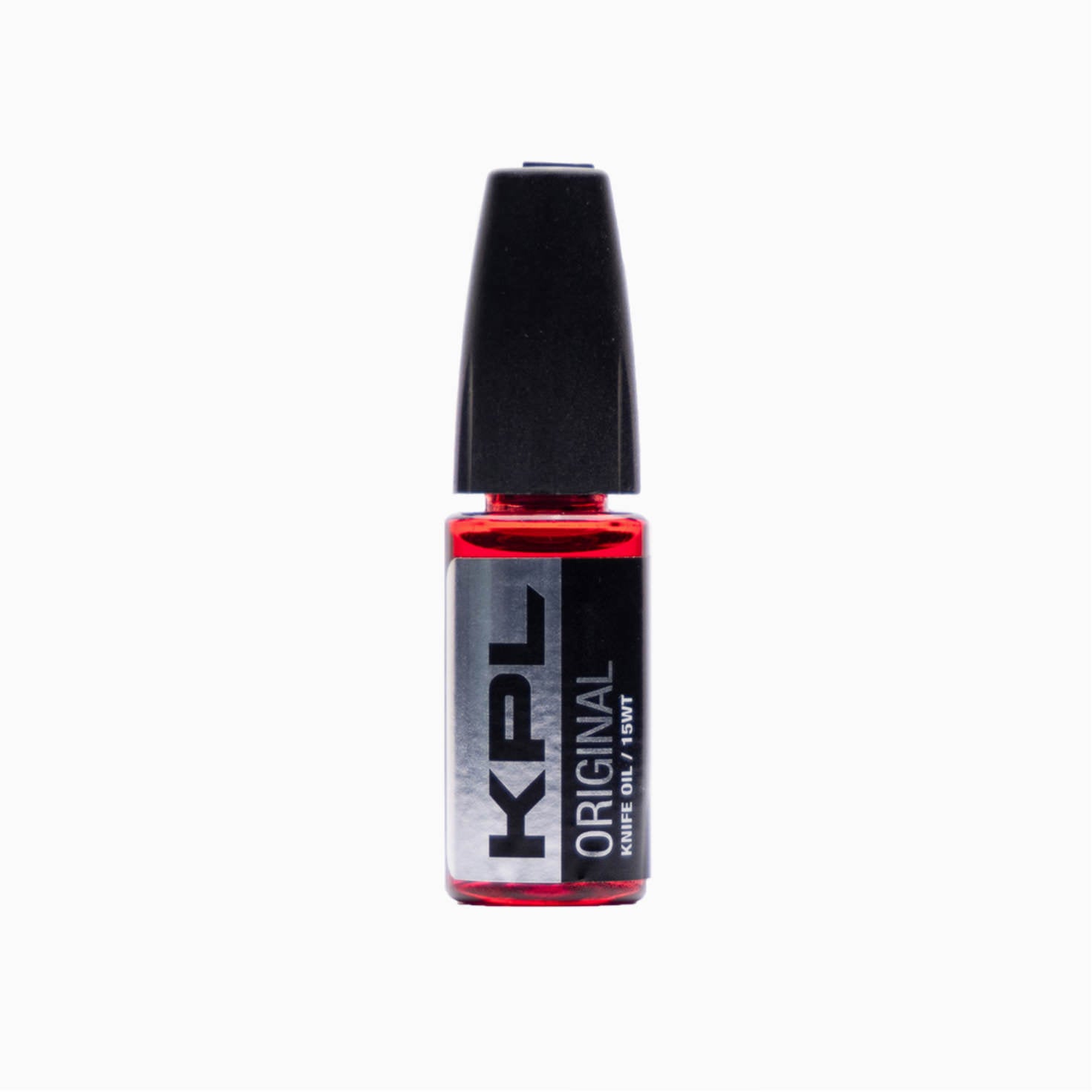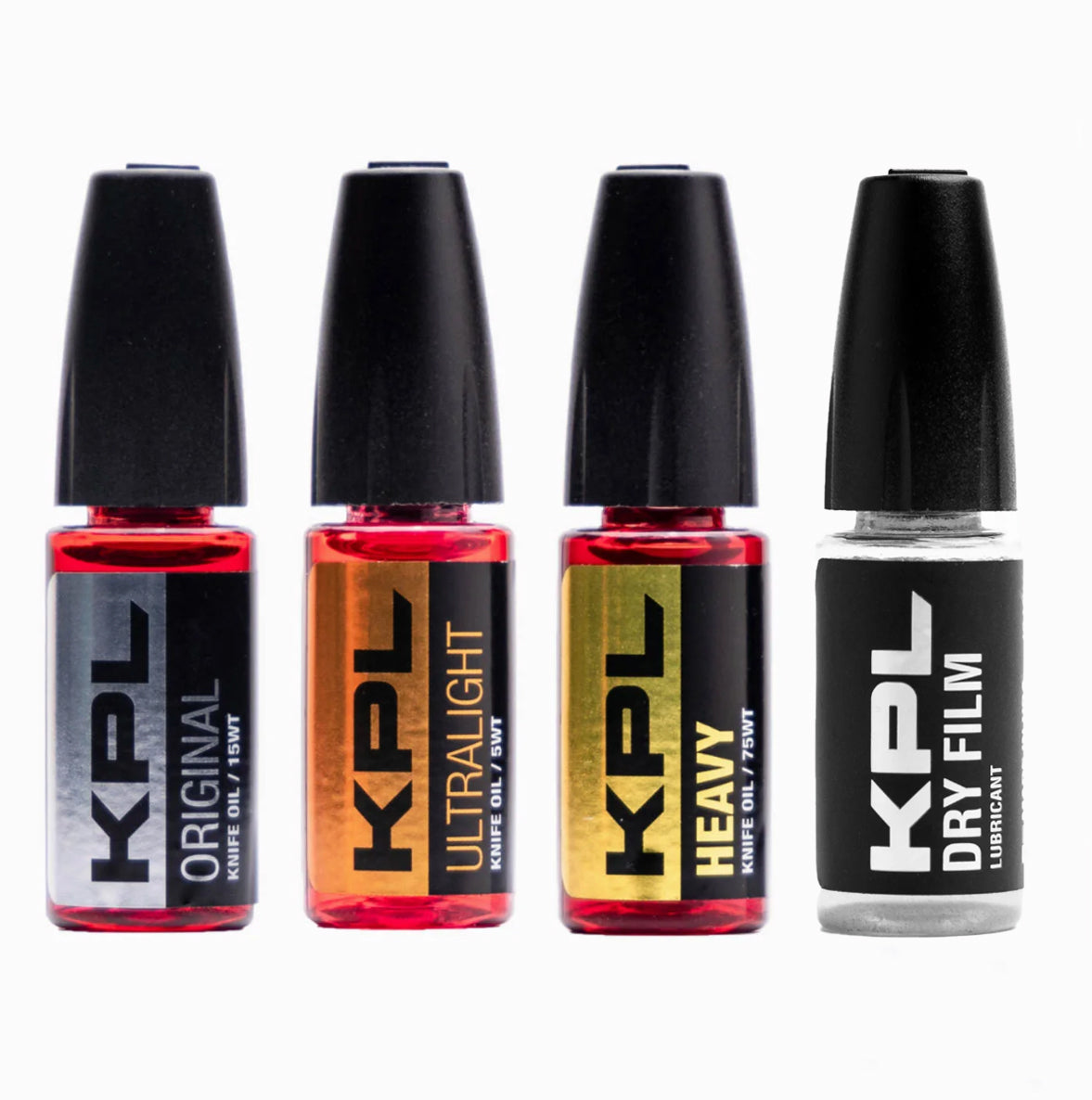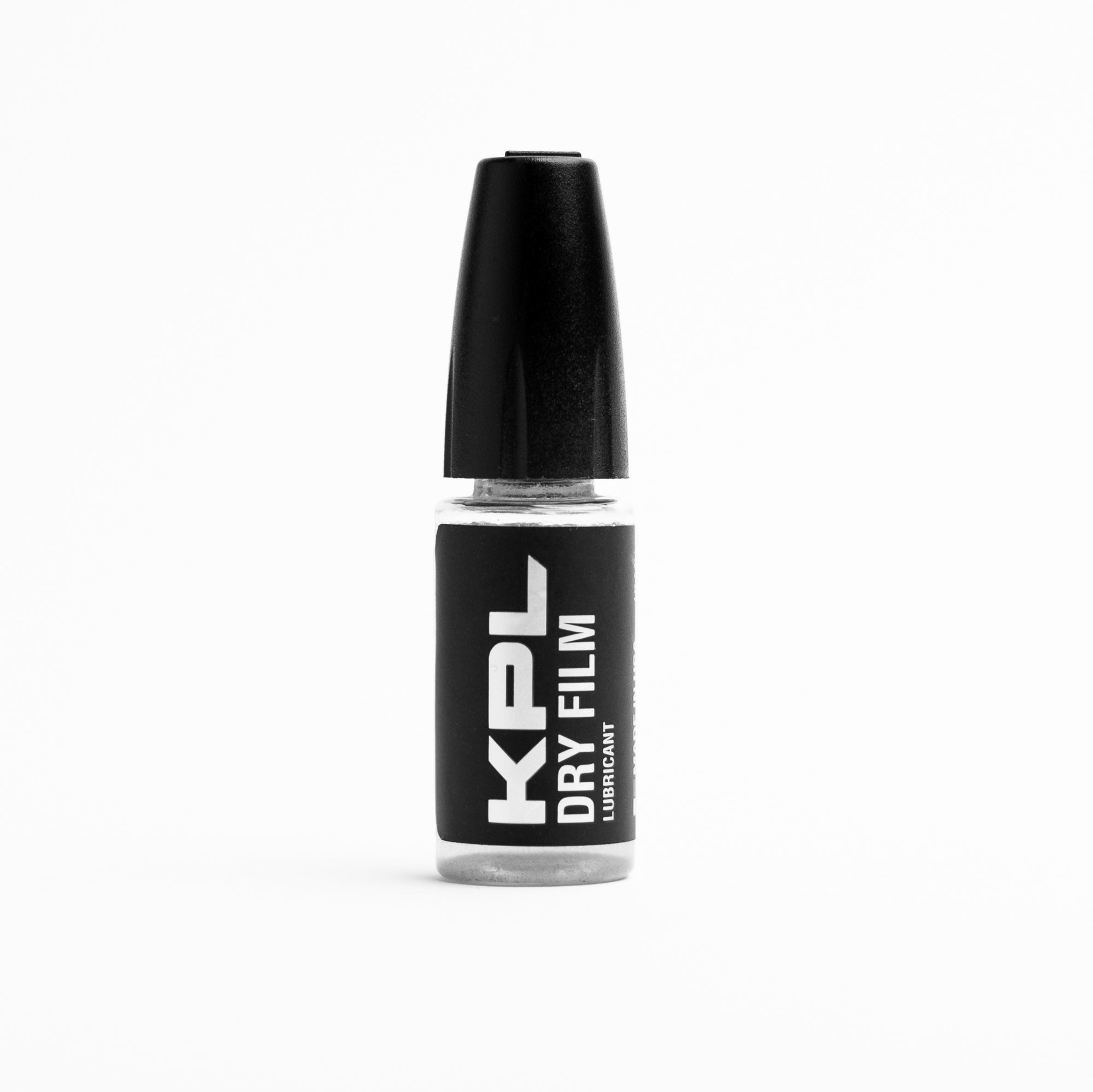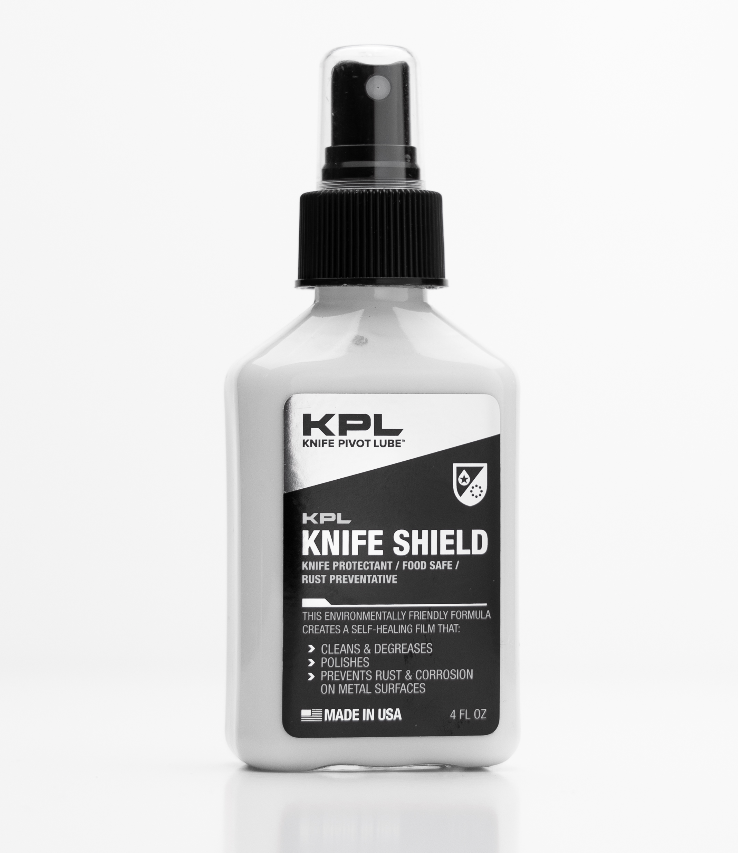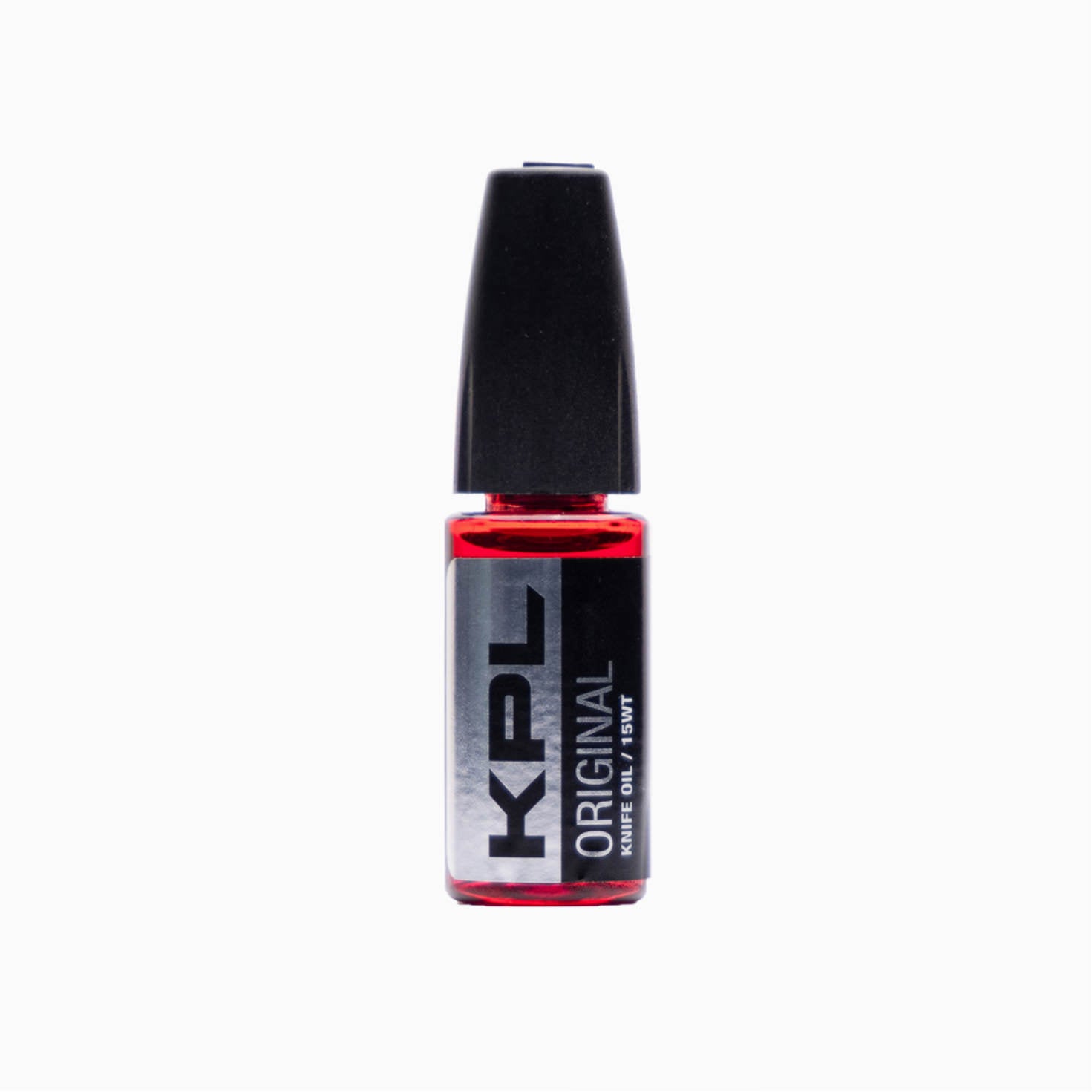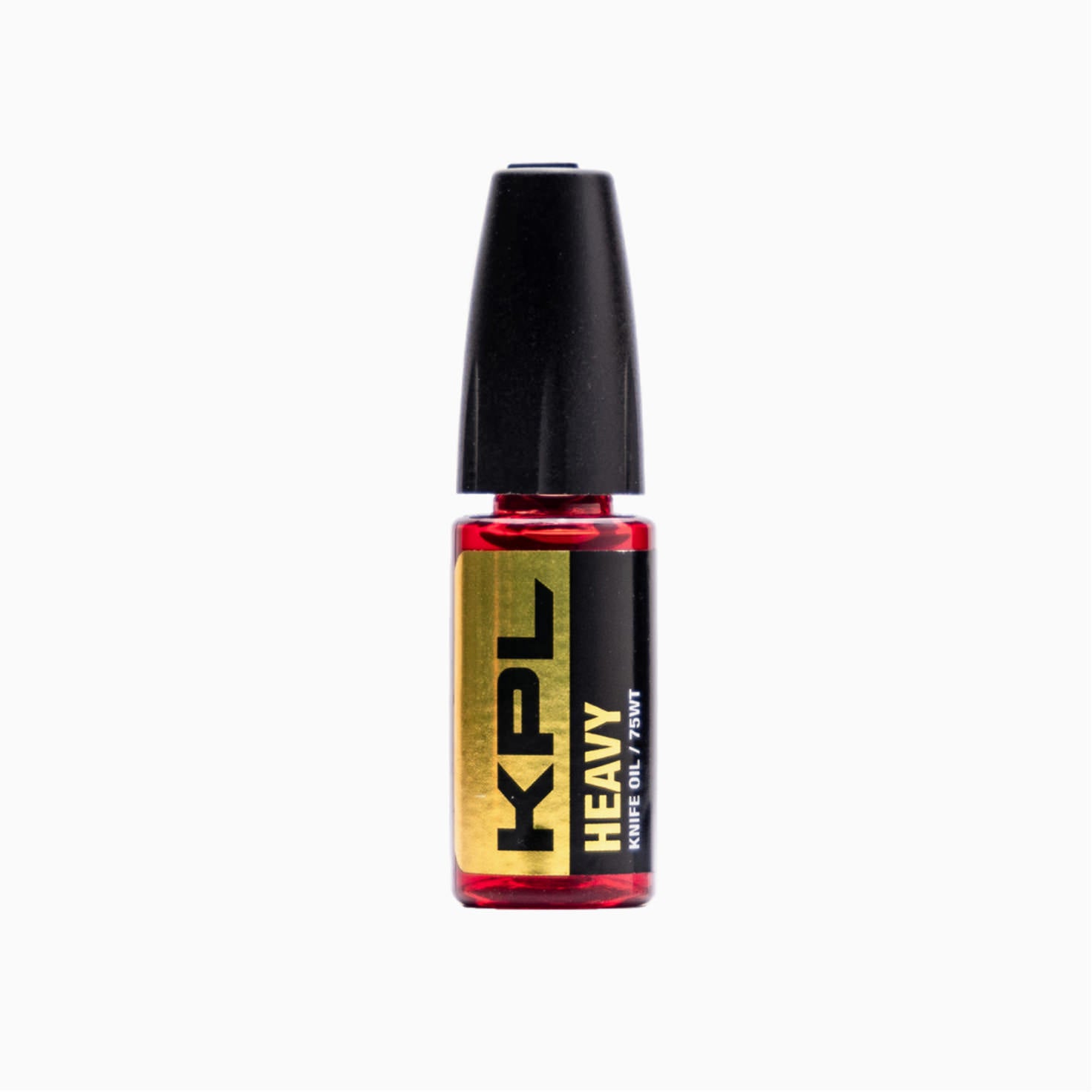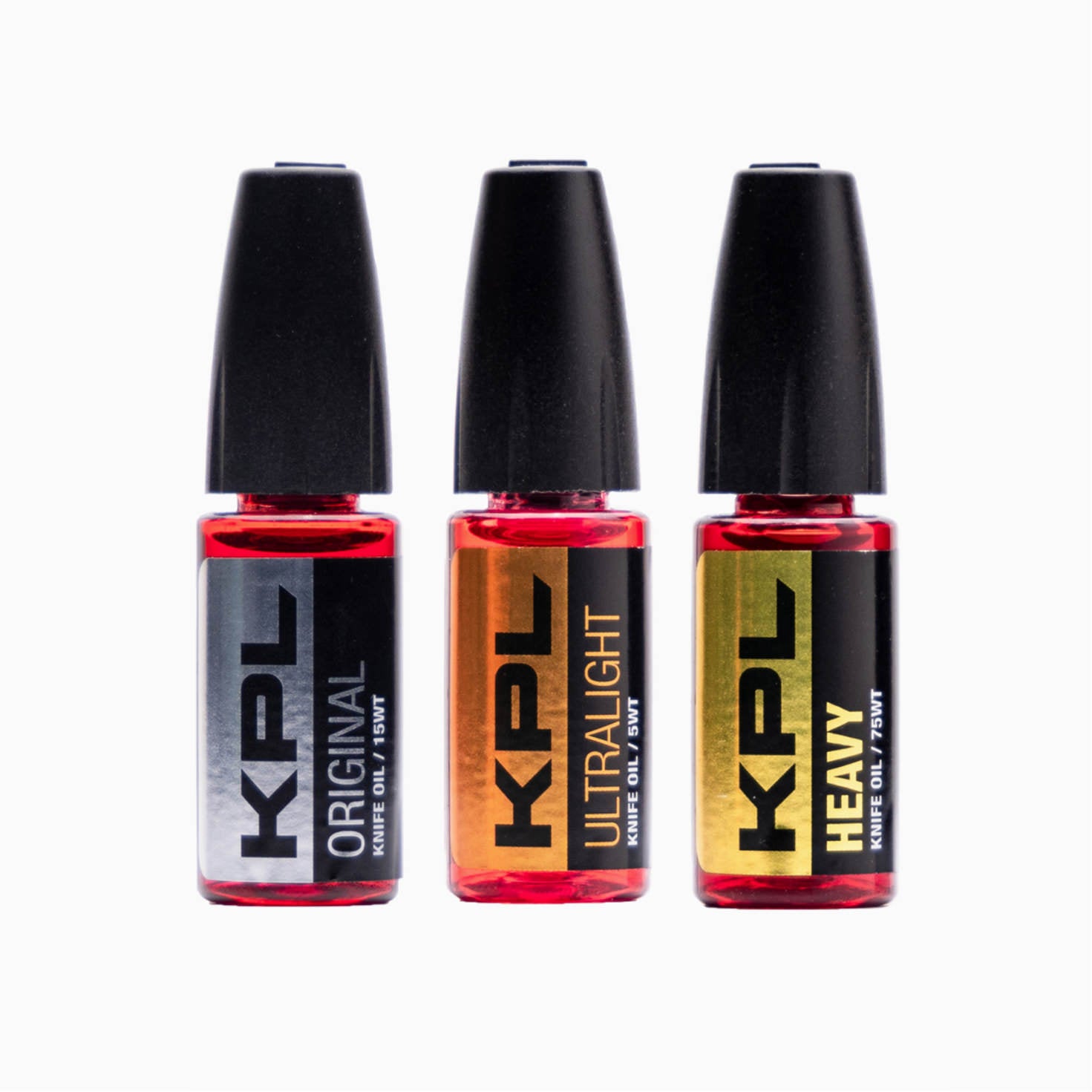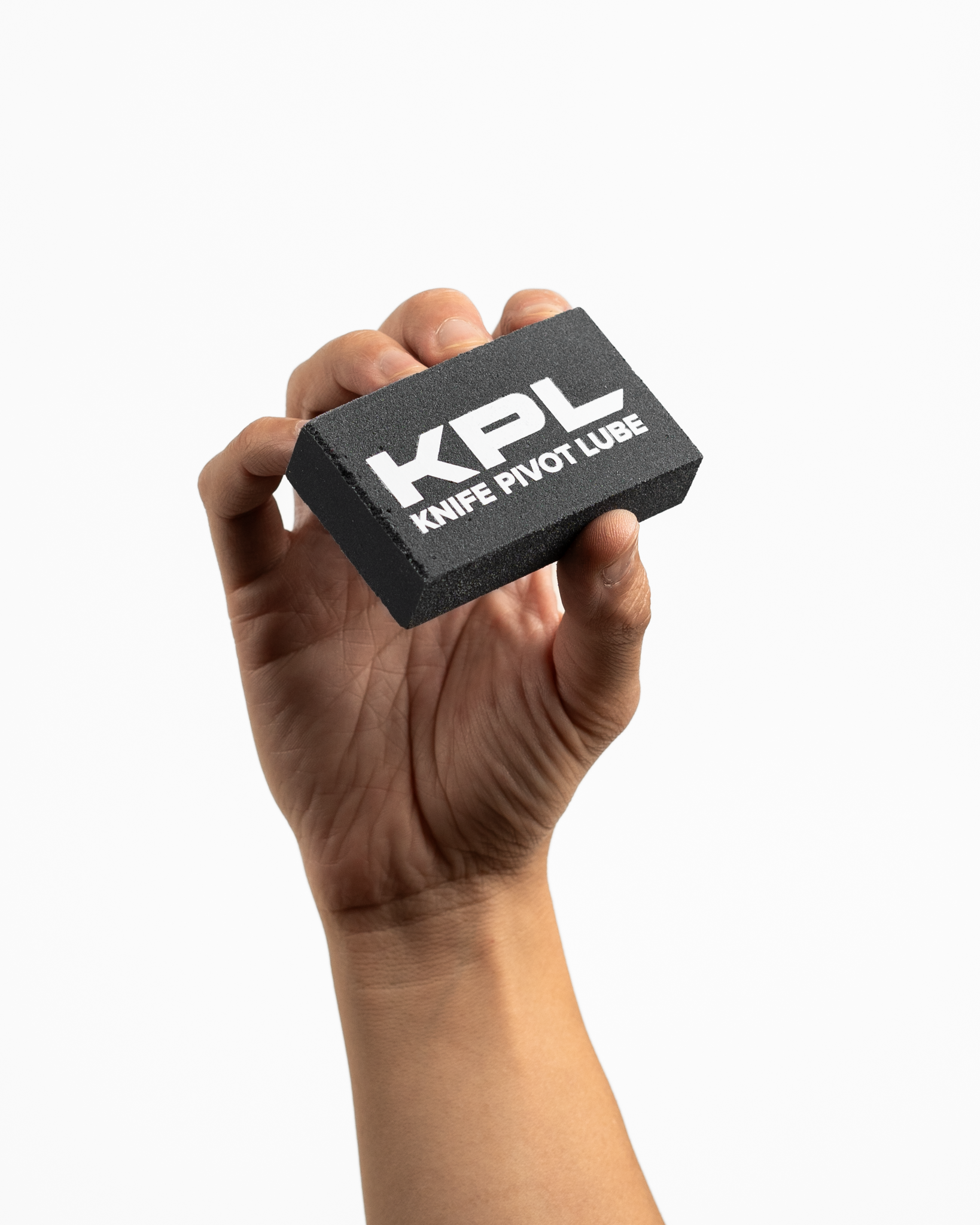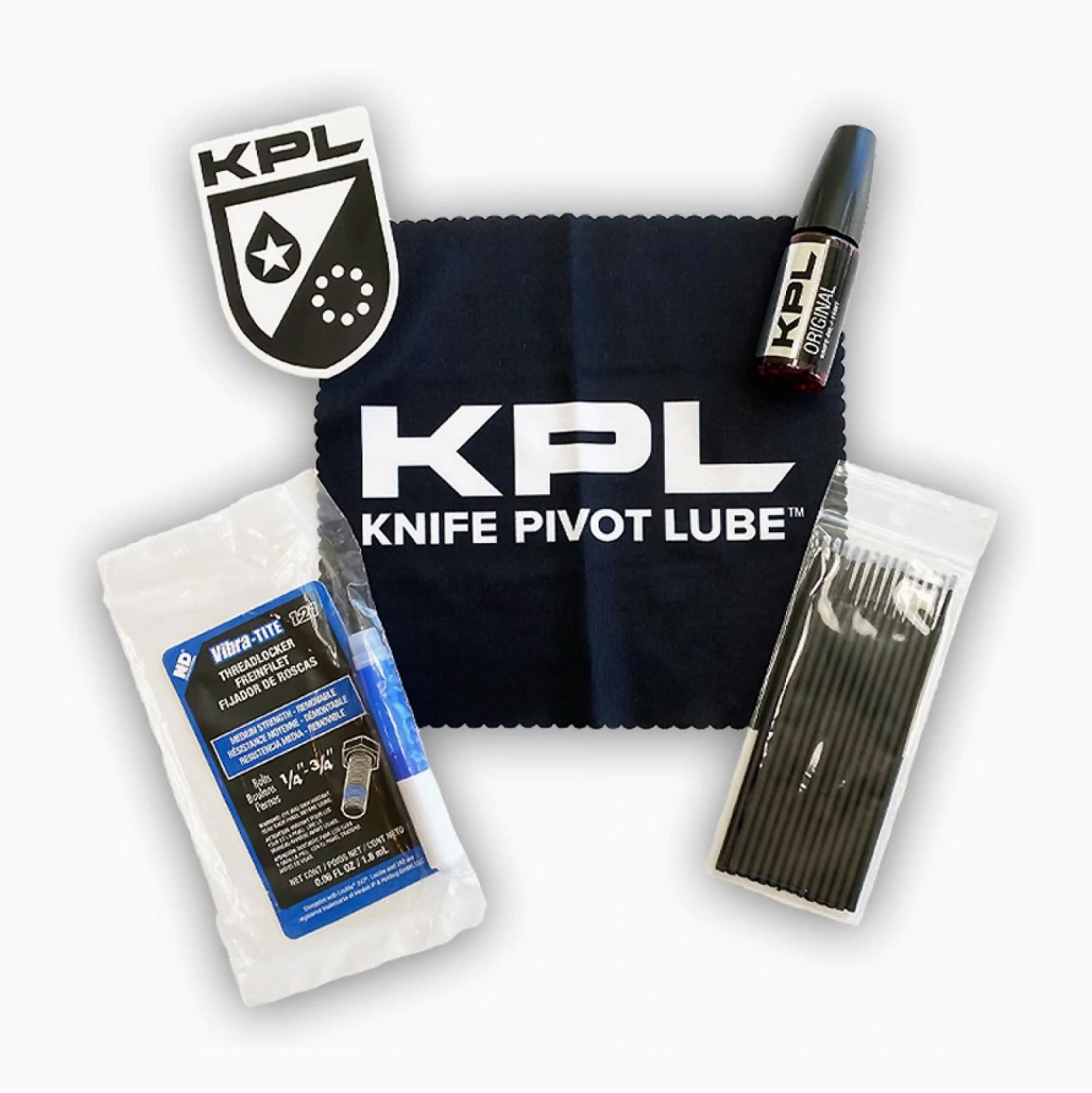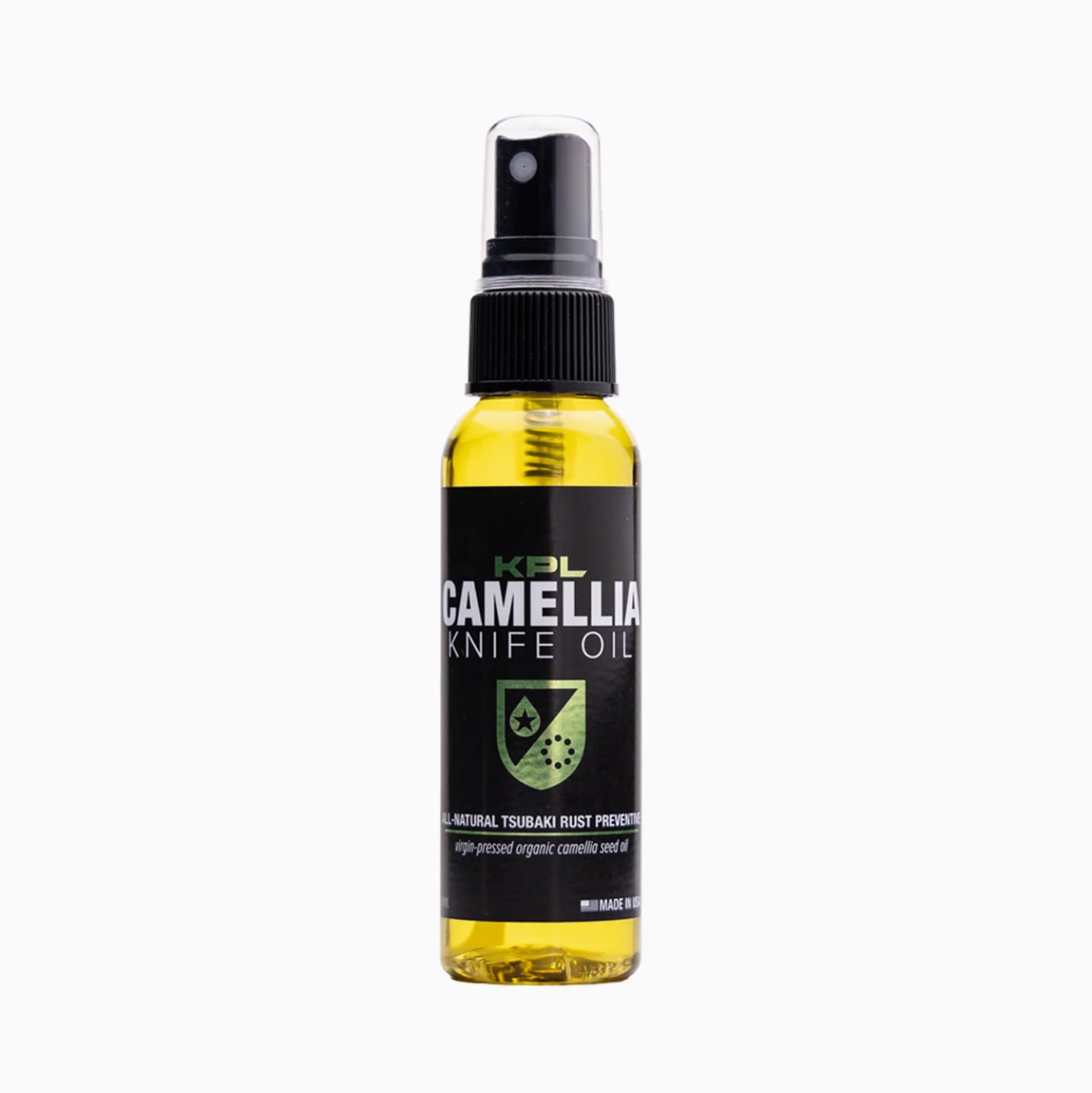
Out the Front automatic knives, commonly referred to as OTF knives, have become increasingly popular in recent years. They have become more common due to changes in laws in many areas where they were previously banned or heavily restricted.
As OTF knives have not been commonplace in many areas, many new OTF owners may be unfamiliar with how to properly maintain these tools. As with any knife, maintenance is an important part of keeping your knife running at peak performance for years to come.
OTF knives have more complicated internal mechanics than your typical folding knife. Because of this, maintenance is even more important with this type of blade, especially those being used in harsh and adverse environments.
Manufacturer's Warranty
Many manufacturers discourage the disassembly of knives, and some even go as far as voiding the warranty of a knife if they are disassembled.
Fortunately, most OTF knife maintenance can be done without disassembling your knife and running the risk of damaging the internal mechanics or voiding your warranty.
Supplies
There are a few supplies you will need in order to perform proper maintenance of your OTF Knife. Fortunately, because no disassembly will be required, this can be done completely without tools.
- Alcohol: This is my go to for cleaning any knife blade. It does not harm the steel and will not damage most blade finishes or handle materials.
- Cleaning Cloth: I always use cleaning cloths as opposed to paper towels, cotton pads/balls, or any other disposable material. Disposable cleaning materials often break apart during the cleaning process and you can run the risk of getting materials into your OTF’s internal mechanisms, which can cause failures in deployment.
- KPL Cleaning Swabs: The one exception I make with disposable cleaning materials is the KPL cleaning swab, these are designed to get into crevices and small areas! They are very well constructed, so with a little care you can ensure they do not break and run the risk of jamming up your internal mechanisms.
- Compressed Air: Canned air for electronics, or if you have an air compressor. Either option will work.
- Knife Pivot Lube Ultra-Lite: Though you could theoretically use any lube, KPL was designed for just such a task! Knife Pivot Lube lubricates, cleans, and repels dust & debris from your knife's moving parts.
Cleaning the Blade
Keeping the blade on your OTF is very important. Dirt, grime, and slime from your blade will make its way into the internal mechanics of your knife every single time it returns into the handle.
When using your knife, do your best to wipe off any large amounts of debris before retracting the blade into the handle. For stuff that gets stuck onto the blade, this is where your alcohol, cloth, and cleaning swabs come into play.
Apply the alcohol to the cloth and gently rub the surface of the blade to remove any stuck-on residue. Tape residue is a major culprit, and for the outdoorsy folk pine sap is notorious for lingering on your blade.
For areas that you cannot properly get to with the cloth, use the KPL cleaning swabs to get in those little grooves. Just as a warning: in my personal experience blade cleaning is the most common way of cutting oneself with their knife, so always ensure you are taking your time and being extra cautious throughout this process!
Cleaning the Internal Mechanisms

Cleaning the internal mechanisms of your OTF Knife will require the use of compressed air.
With the blade in the closed position, use the straw from the can to direct the air stream into the area where the blade deploys from. Spray in the air to remove any dust and debris from the internal mechanisms.
Cycle the blade deployment several times then repeat the process 2 to 3 times. Ensure you are paying special attention to the areas closest to the slider, as that is a particularly sensitive area where debris build up can impact the action of your blade deployment.
Lubricating and Protecting Internal Mechanisms
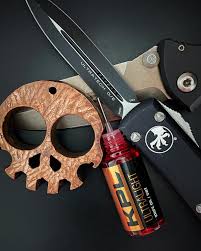
This is where the KPL comes in! Apply some KPL to the operating mechanisms and cycle the knife a few times, then apply a bit more.
KPL will not only help reduce wear and tear on all the moving parts, it will also help clean them and reduce future build up of dust and debris.
You should also apply a small drop of KPL to your slider to reduce grime build up and keep it functioning smoothly.
Conclusion
Keeping your OTF running smoothly is a fairly easy task. By performing these steps regularly and after exposure to heavy dirt and grime, your OTF knife should serve you well for years to come.
If you have performed these steps and your blade deployment action still has issues, there may be a more severe internal issue. Check with your knife manufacturers warranty program, as many offer free or low cost servicing.

